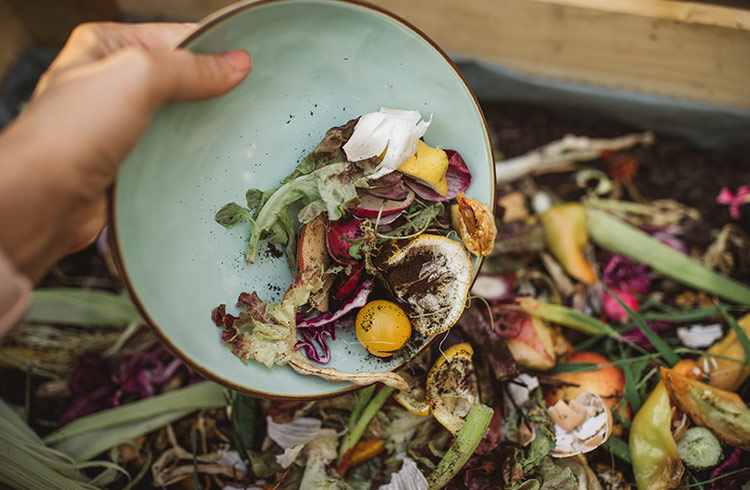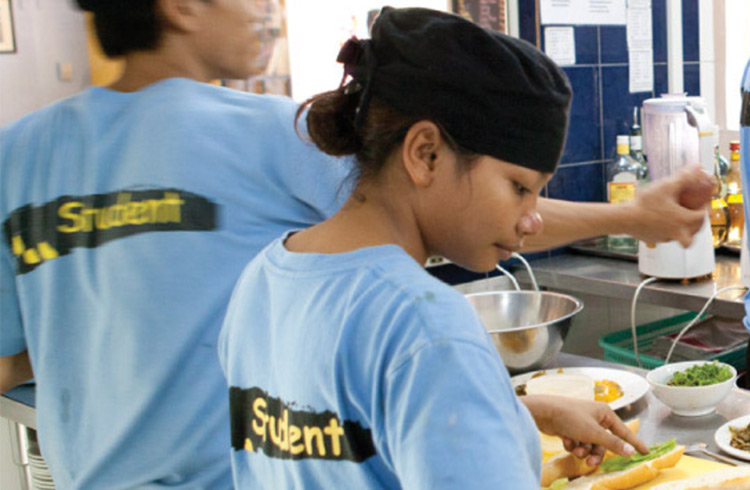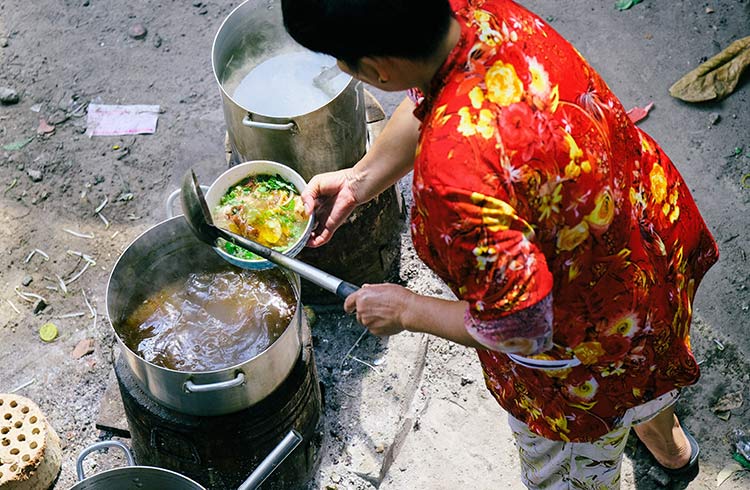Eat at Restaurants With Zero-waste Dining When You Travel
Eat up on your travels to support restaurants eliminating every bit of waste they can.
 Photo © Getty Images / Svetikd
Photo © Getty Images / Svetikd
As concern for our planet increases exponentially, restaurateurs, chefs and consumers are looking for ways to reduce food waste. It’s no surprise, then, to see the gradual-but-determined global emergence of waste-free restaurants.
Thanks to eyebrow-raising data from the United Nations Environment Programme, we know that humans waste approximately 1.3 billion tons of food every year. That’s nearly a third of the food produced worldwide. And, roughly 40 percent of that waste – particularly in the developed world – comes from restaurants and other food businesses.
Fortunately, these discouraging facts have spawned an encouraging and counteractive global trend: zero-waste restaurants.
Everyone wins
By using, consuming, recycling and donating everything in their establishments, no-waste restaurants and their teams are doing their part to reduce our landfills, helping to eliminate hunger, and, according to a recent report, recouping their investment in food-waste reduction and even earning more money.
“As consumers are becoming more environmentally conscious, they want to support businesses who are doing the same,” says chef Wayan Kresna Yasa of Bali’s Ijen, a zero-waste, line-caught-seafood restaurant. “People are caring about the planet more, and diners are interested to know they can help to reduce their own carbon footprint by eating at restaurants that follow a zero-waste philosophy.”
These cutting-edge establishments have managed to eliminate all waste – from food and packaging to other disposable products, such as napkins, paper plates and plastic cutlery.
Whittling away at waste
For restaurants, going zero-waste is a daunting and ambitious task. Reaching zero-waste status involves meticulously – and creatively – examining every aspect of the business, from food and menu planning to delivery and disposal options and even technology.Despite its challenges, restaurants like Ijen and their teams are proving they can do it. With food, they’re using every bit of the animal and vegetable. Think not only nose-to-tail but also flesh-to-fin and roots-to-leaves dining.
“At Ijen, we use the fishbones for stock and the fish scales to make crackers, which are complimentary for guests upon being seated,” says Kresna Yasa. “This allows us to minimize the fish waste and send the rest for animal feed or compost.”
Zero-waste restaurants are carefully designing menus based on in-season ingredients and how they can make use of every piece; plus, they’re often opting for set menus to ensure they don’t overorder food. When there is leftover food, these restaurants are championing the resurgence of the (recyclable) doggie bag, or they’re composting the waste to send home with customers for their gardens or giving it to local farmers.
Creative thinking
“One of our biggest challenges was how to get rid of the hard shells from oysters and clams,” says Kresna Yasa. “We had to get quite creative … after talking to consultants, they advised us that chickens were generally calcium-deficient in Indonesia, so we started powdering the shells to add into chicken feed to increase the nutritional value.”
As for deliveries, packaging and other waste-making items, no-waste dining means working with suppliers to change the packaging in which they deliver goods, eliminating one-time-use options, and, in some cases, packaging altogether. Instead, restaurants and suppliers are looking to eco-friendly alternatives, such as reusable wooden crates, leaves used to wrap herbs, and biodegradable containers.
Technology also plays a role, with software that can track which foods go to waste (so restaurants can better plan menus) and machines that do the composting.
Globetrotting for a taste of no waste
Though by no means ubiquitous, these no-waste eateries are little by little popping up across the world. Kresna Yasa hopes to keep the momentum going: “We have started an initiative with a group of chefs on the island to help lead by example and show them through our operations to inspire and support them in their own zero-waste quest.”
So, if Bali, New York, London, Brighton, Helsinki or Berlin, for example, are on your upcoming itinerary, embrace the zero-waste Zeitgeist and add one of these destinations’ environmentally friendly eateries to your travel plans.
Related articles
Simple and flexible travel insurance
You can buy at home or while traveling, and claim online from anywhere in the world. With 150+ adventure activities covered and 24/7 emergency assistance.
Get a quote


No Comments